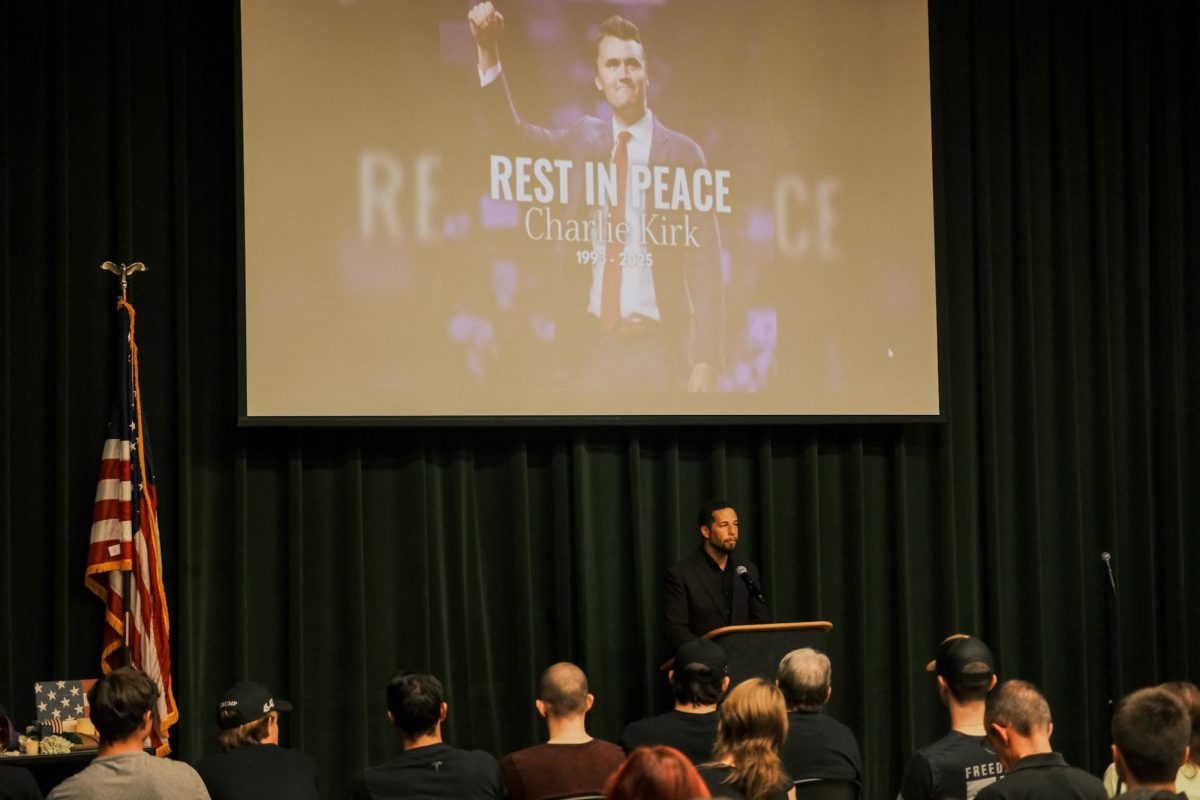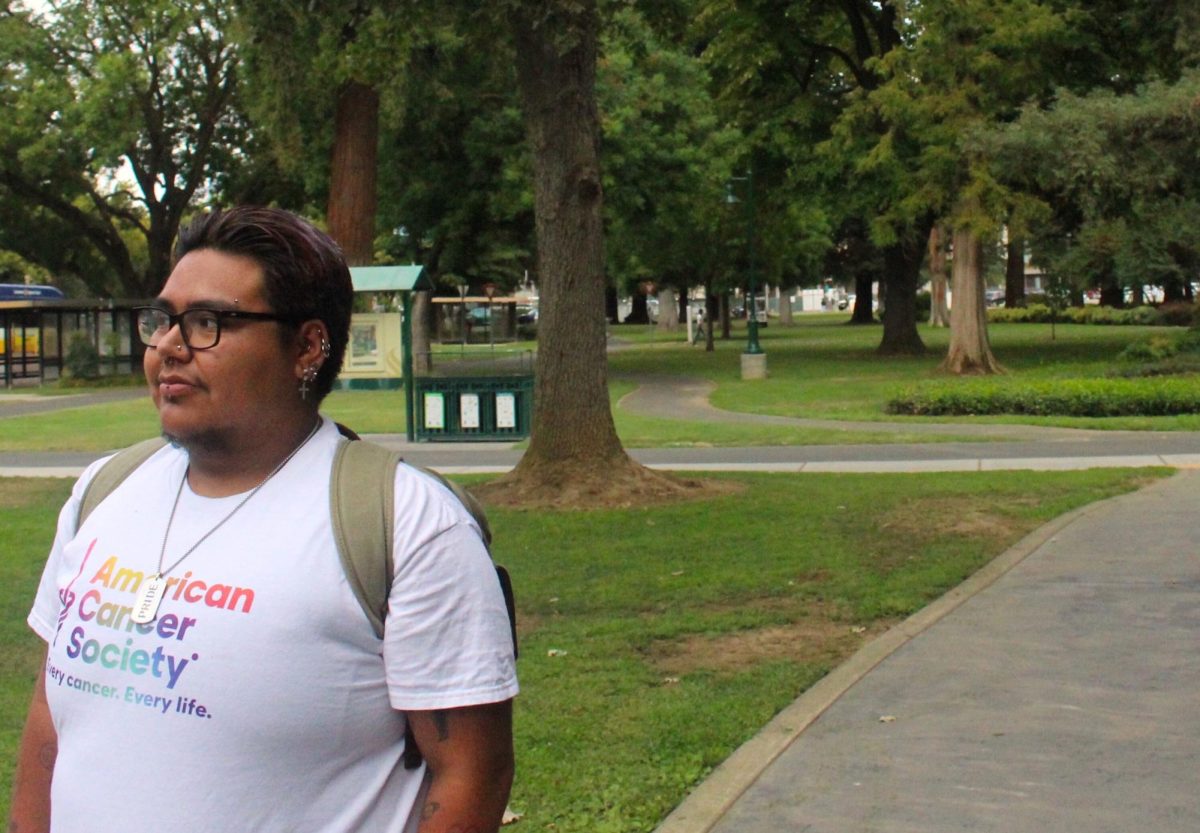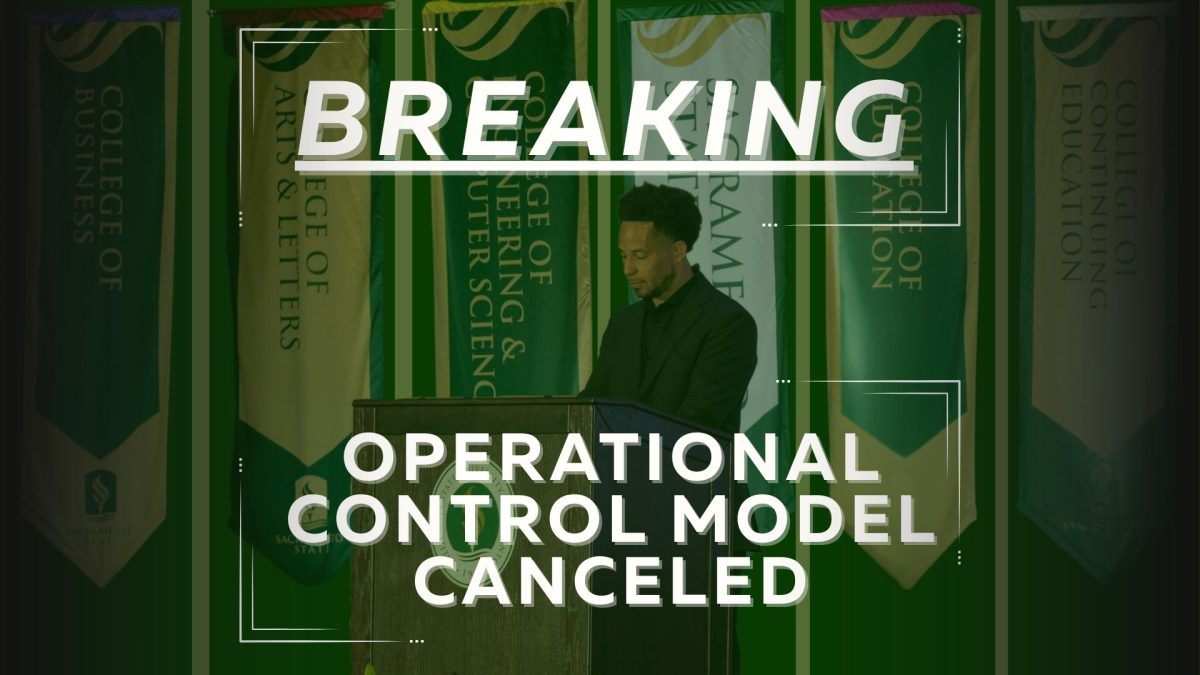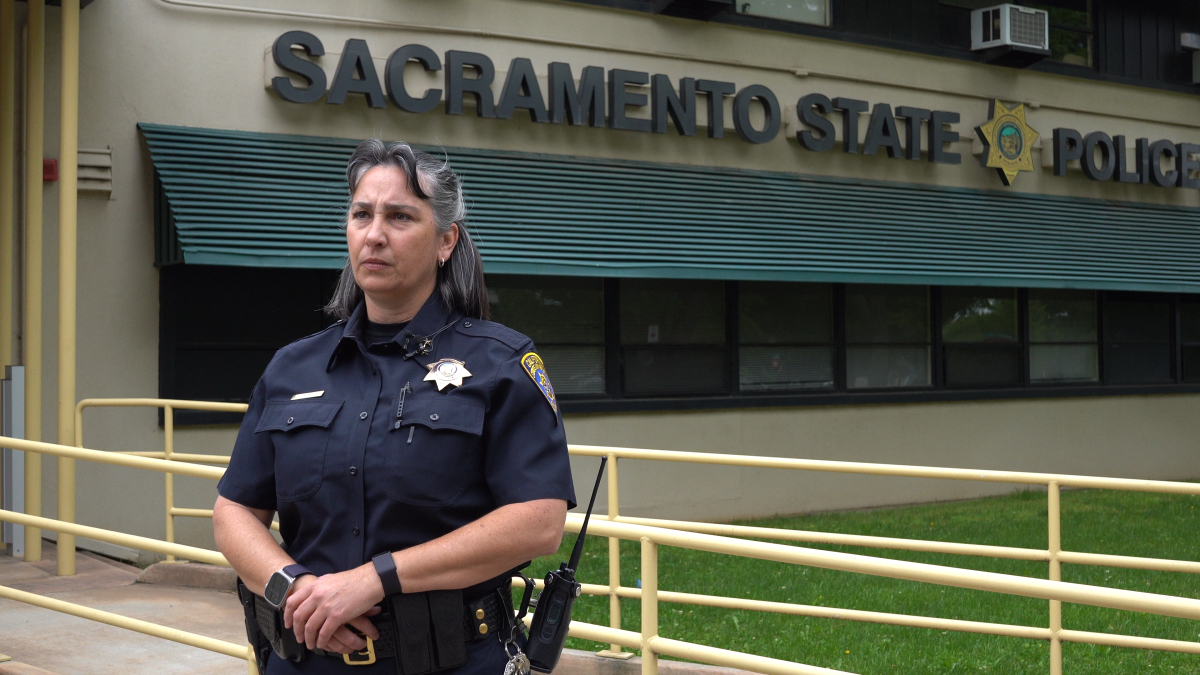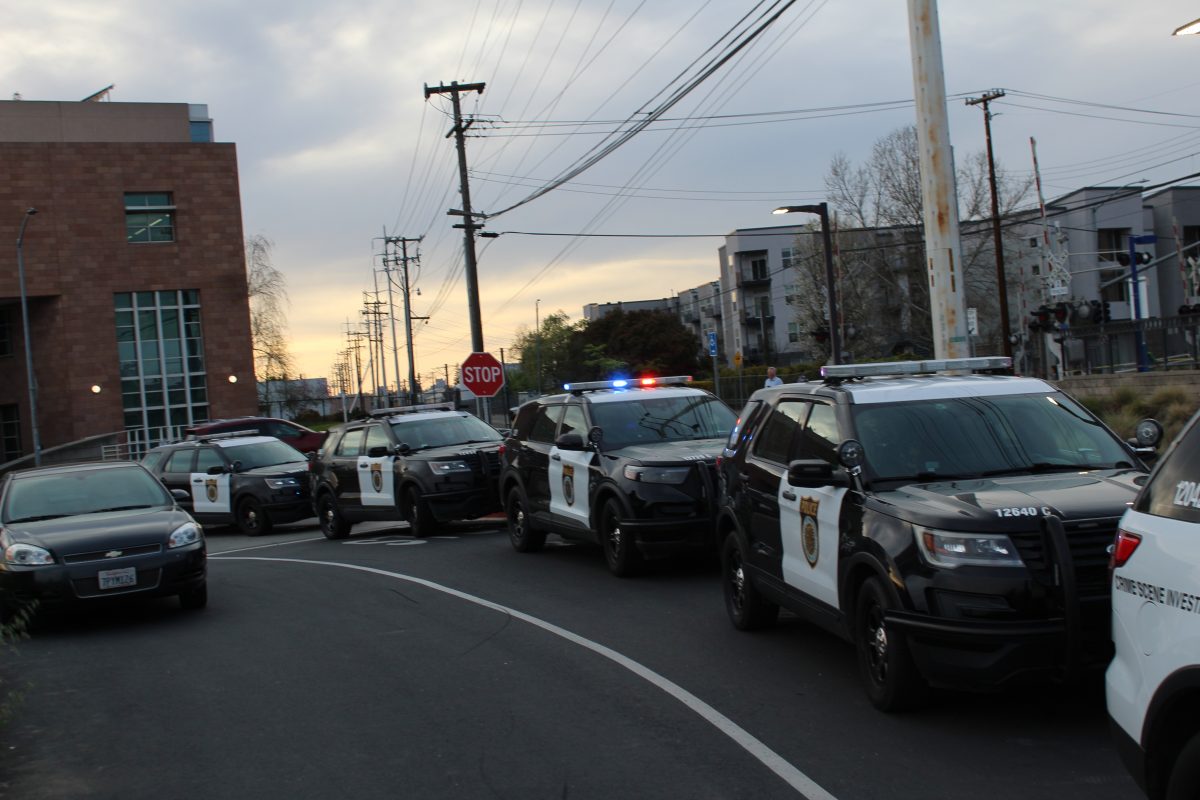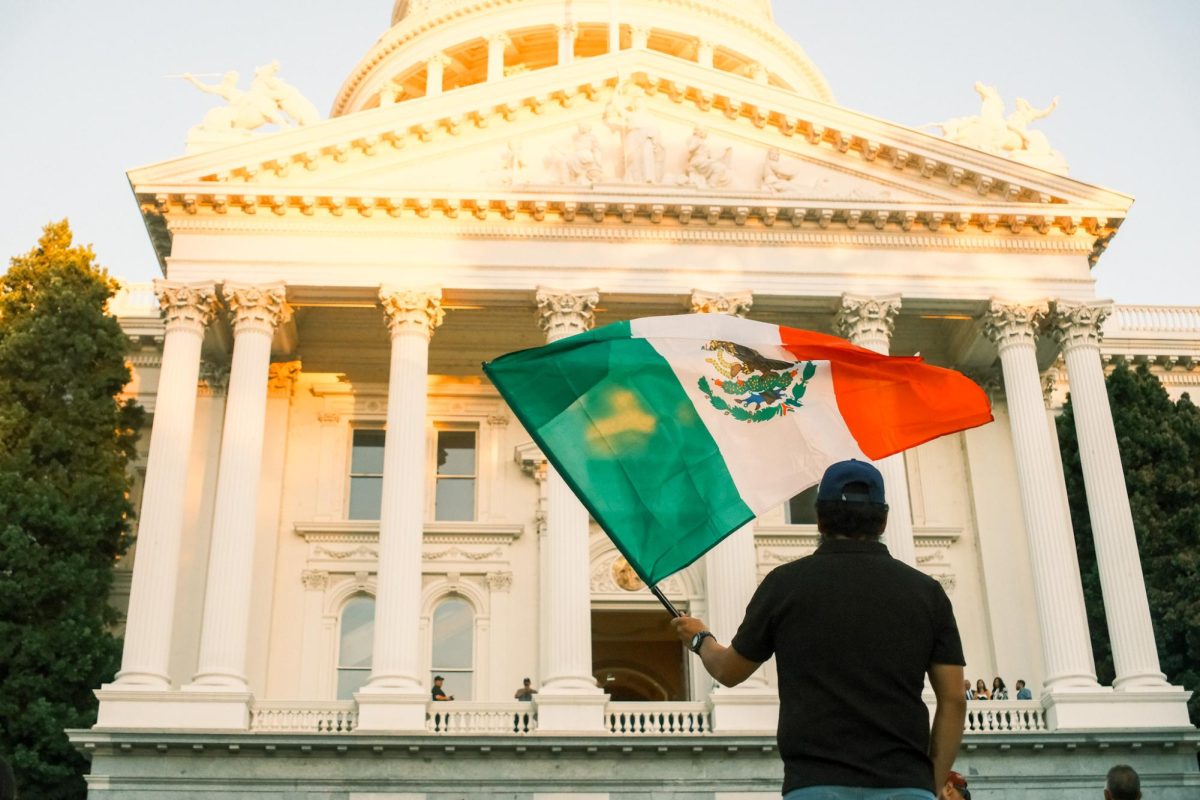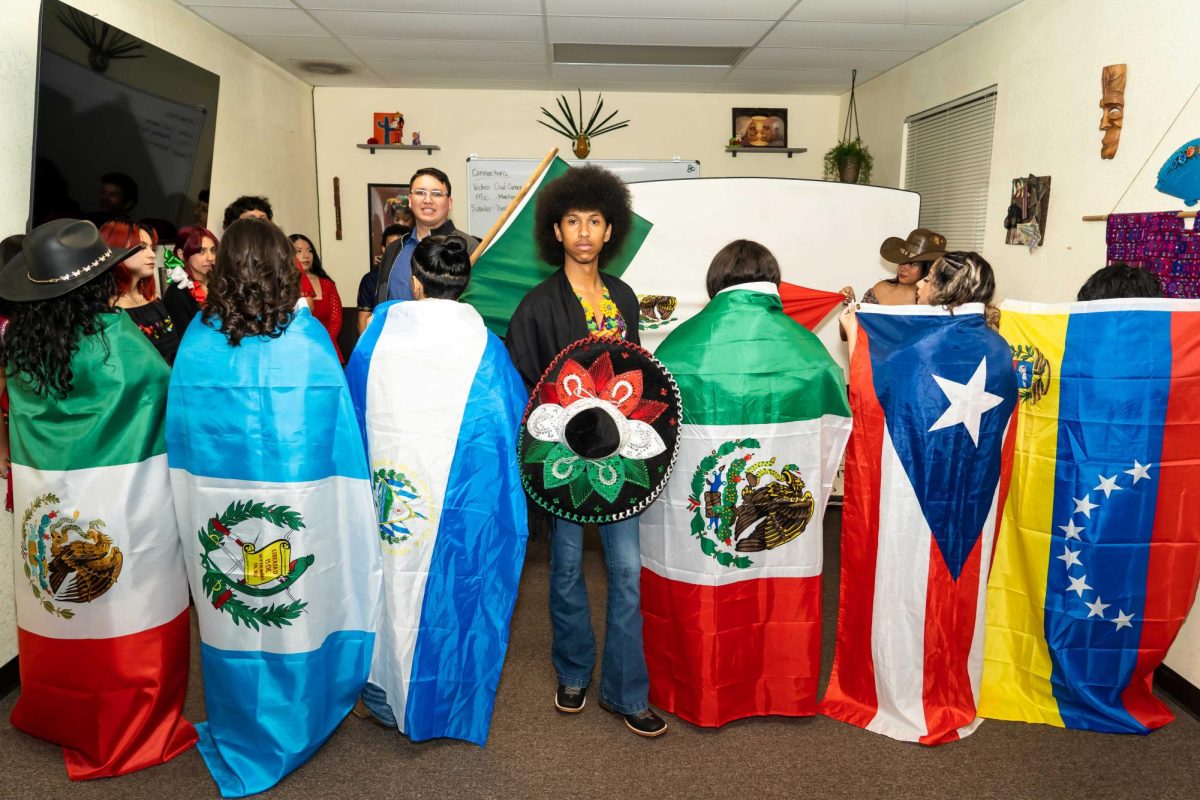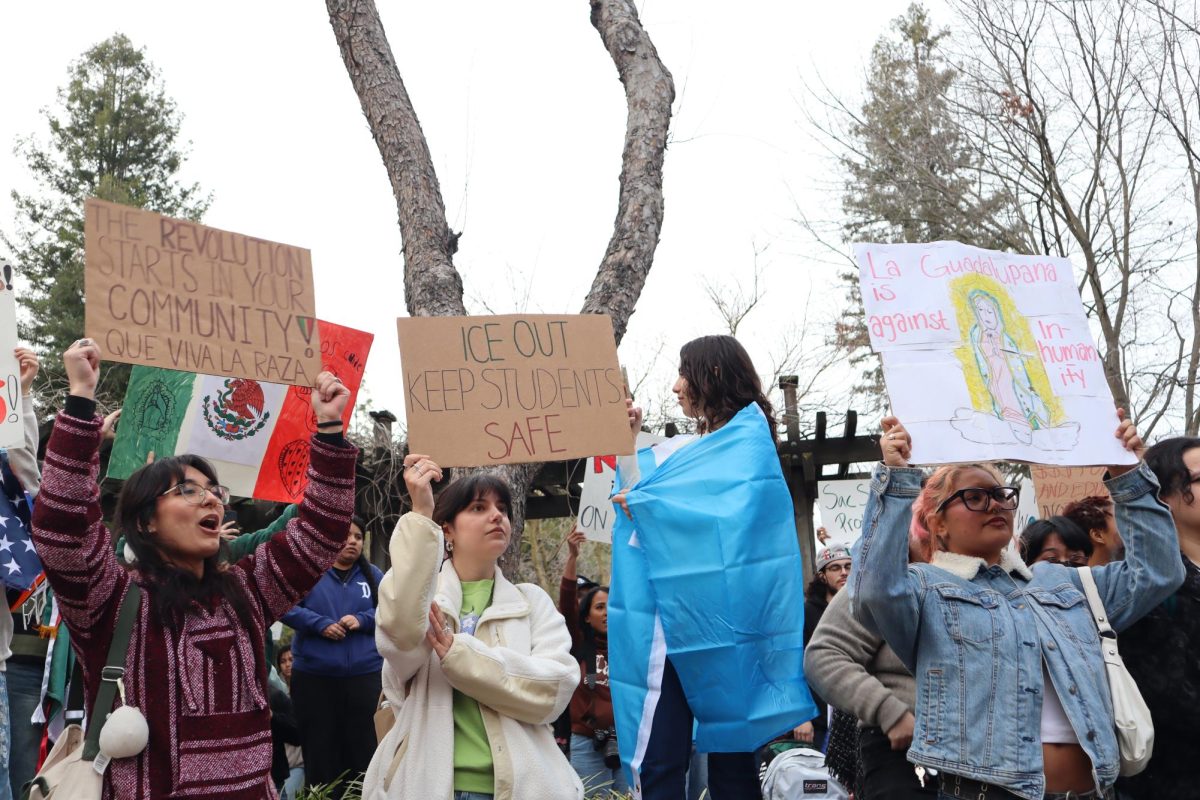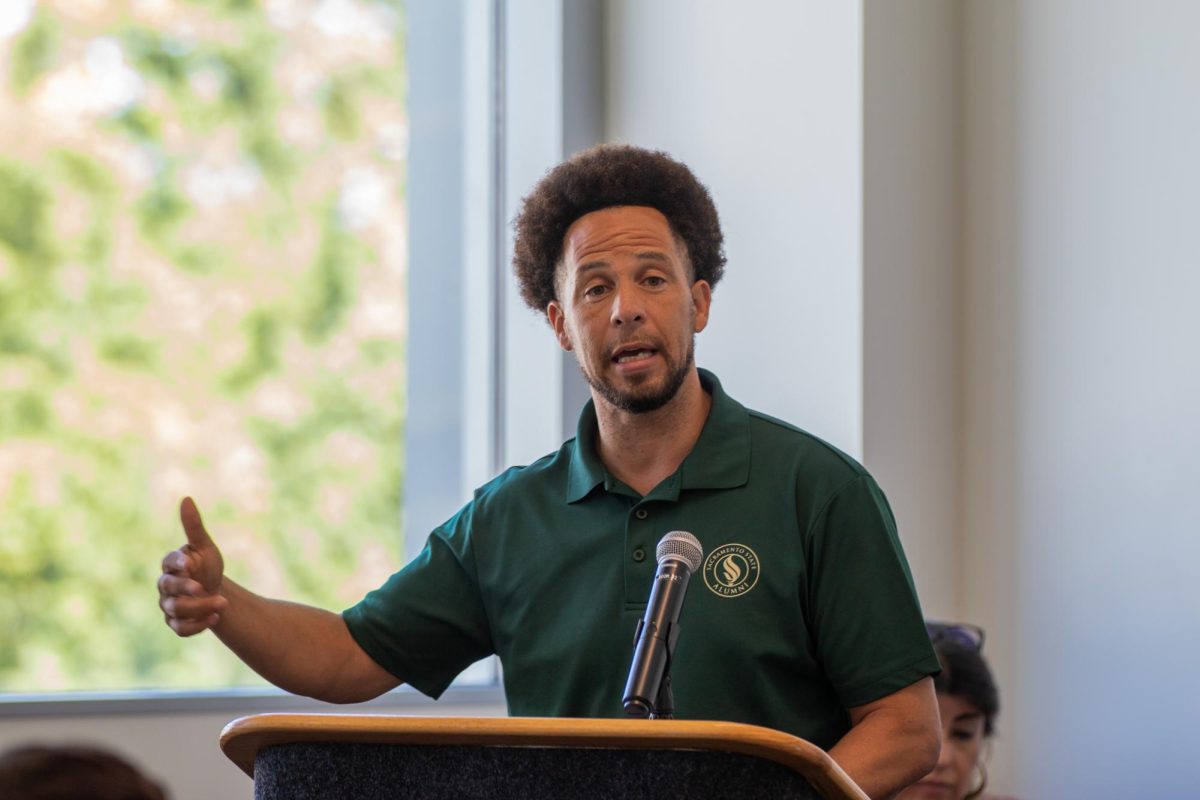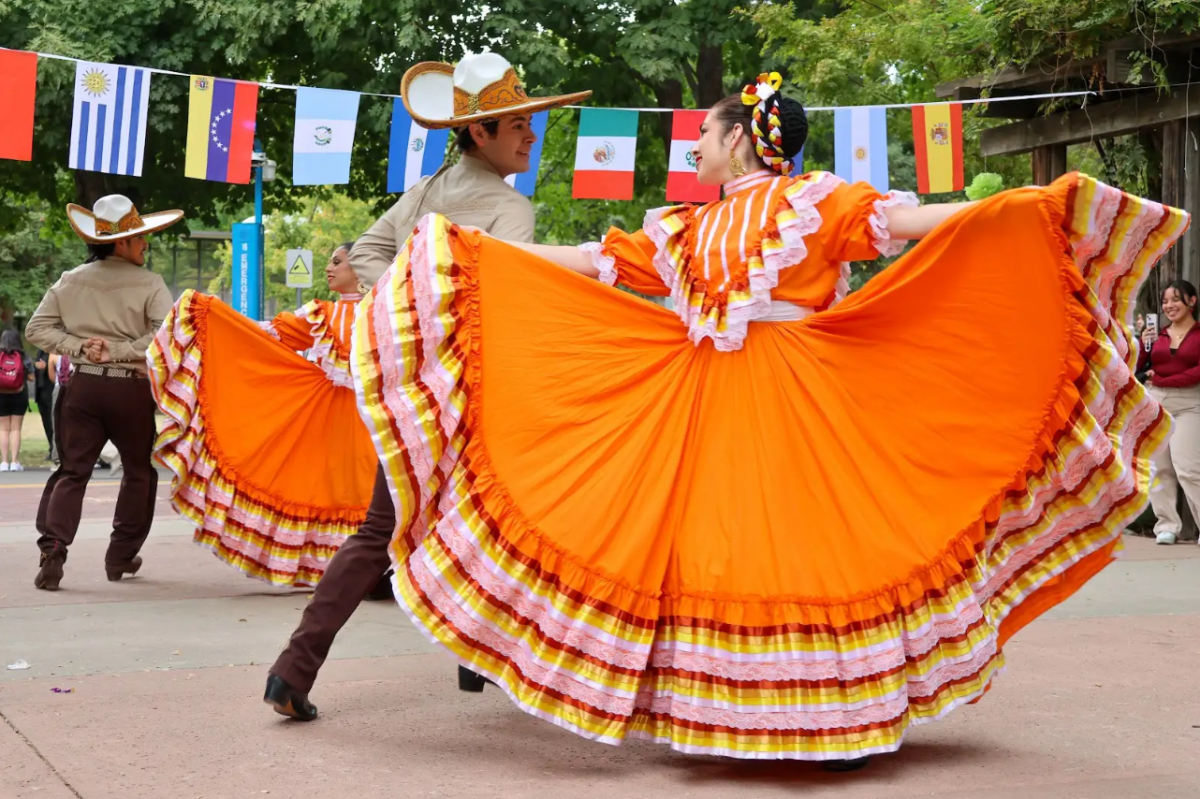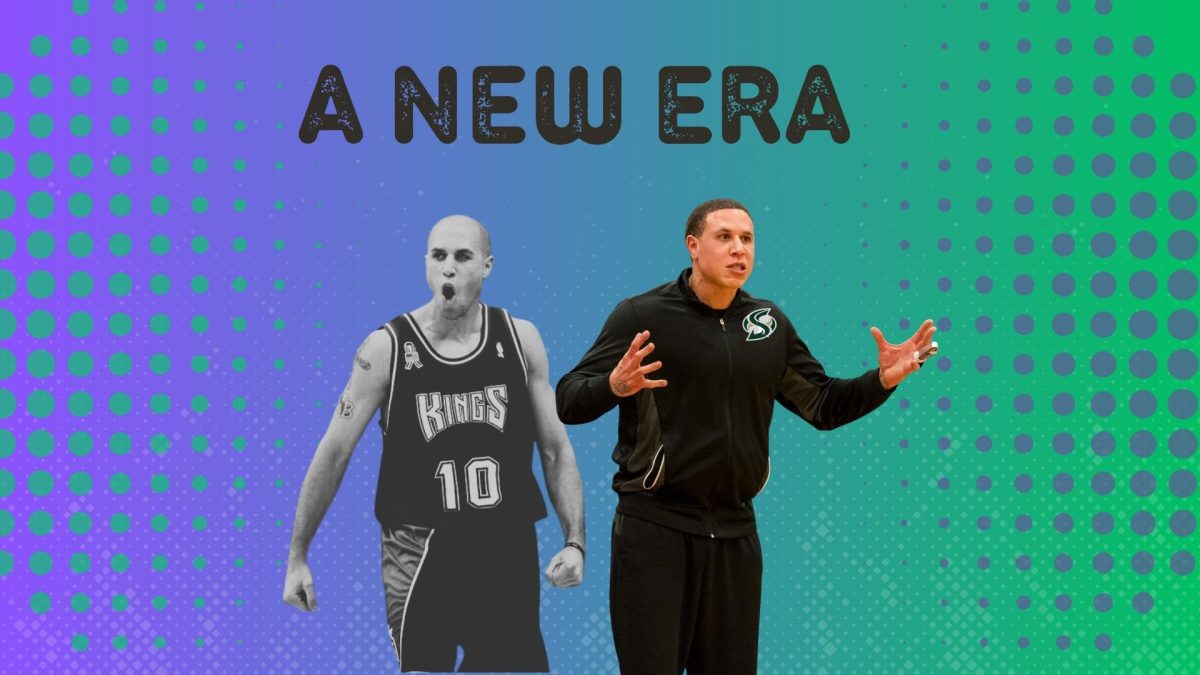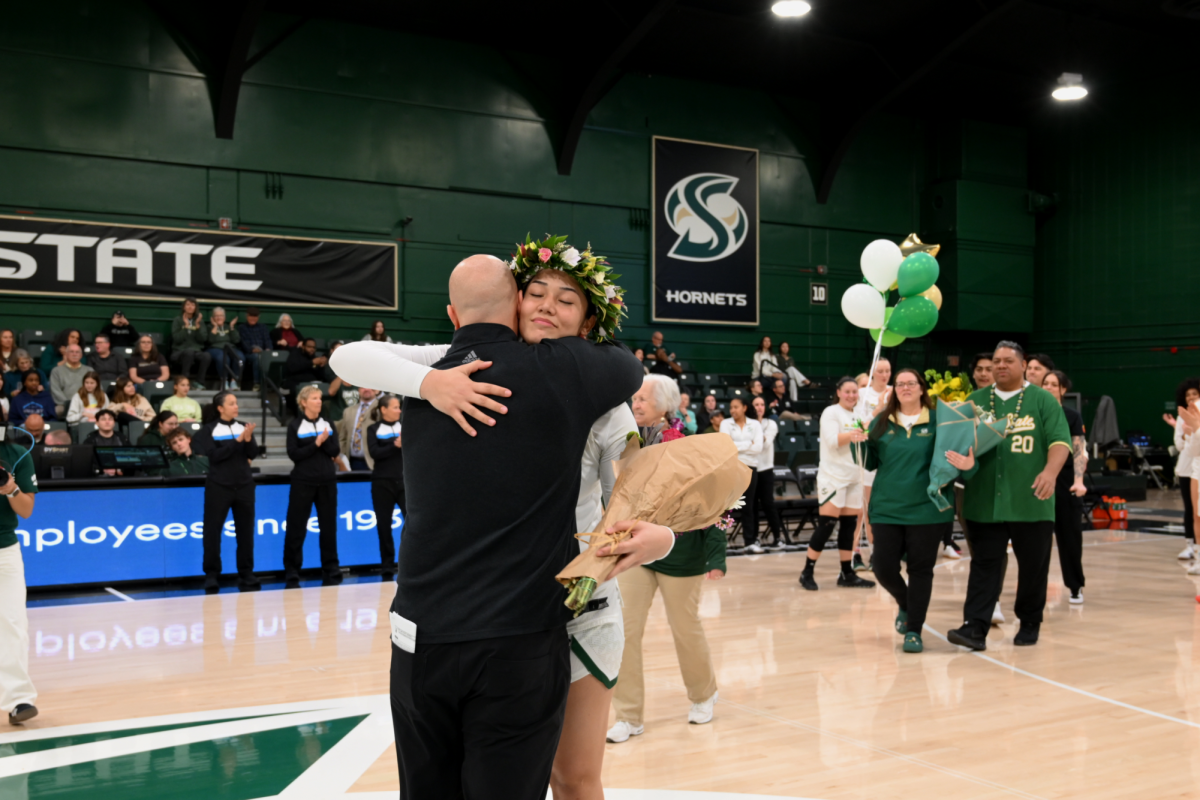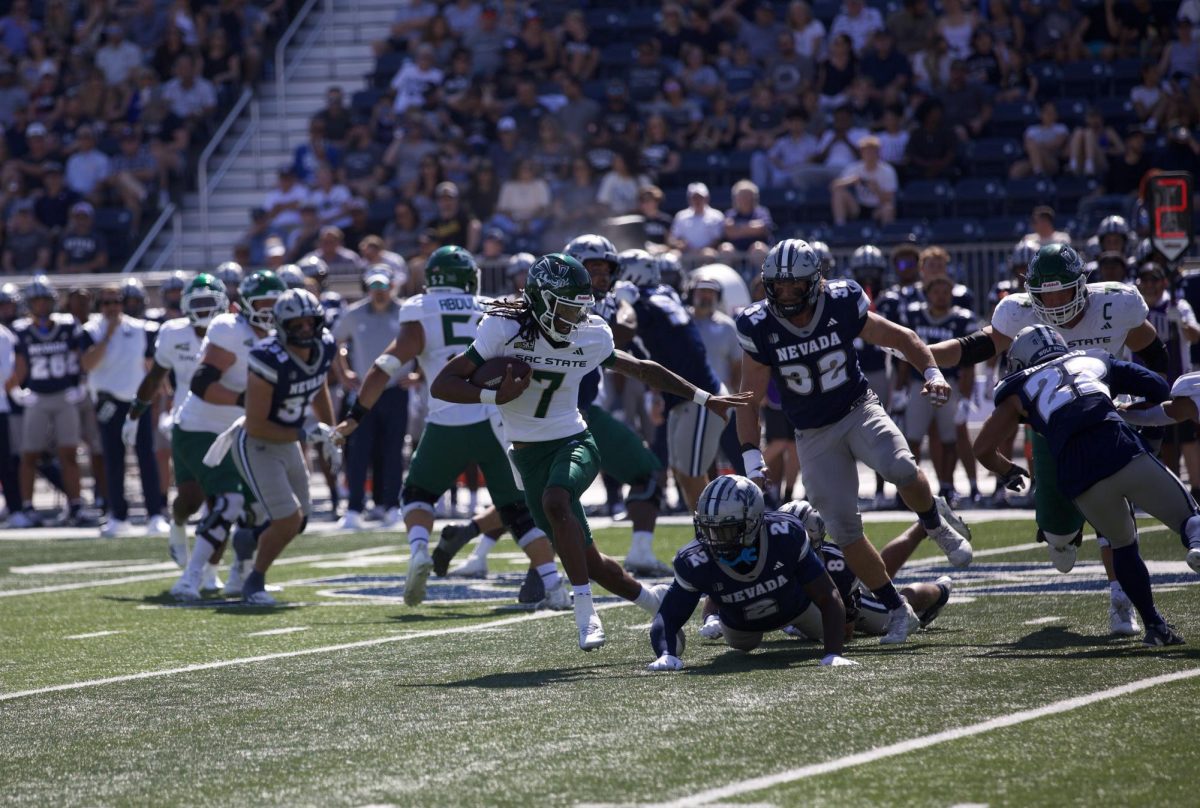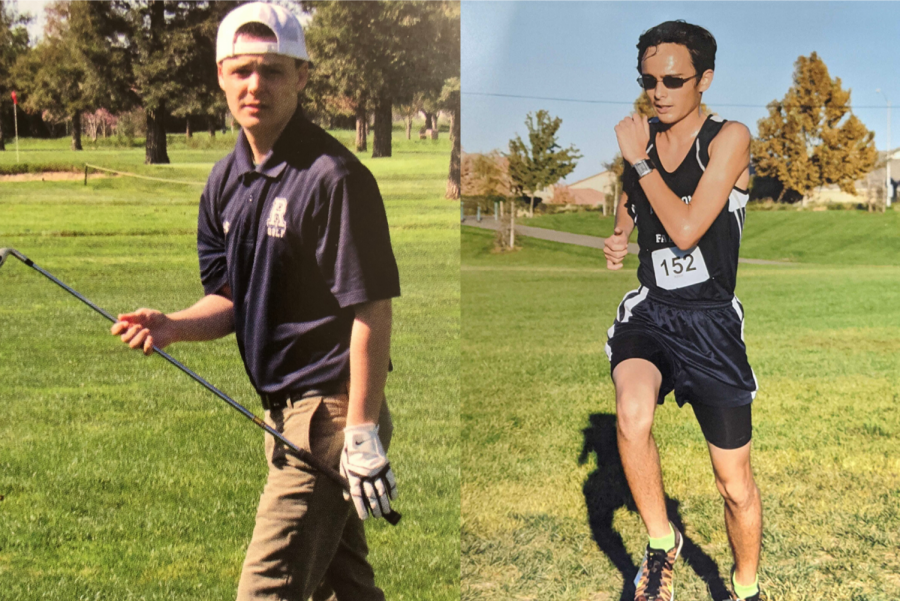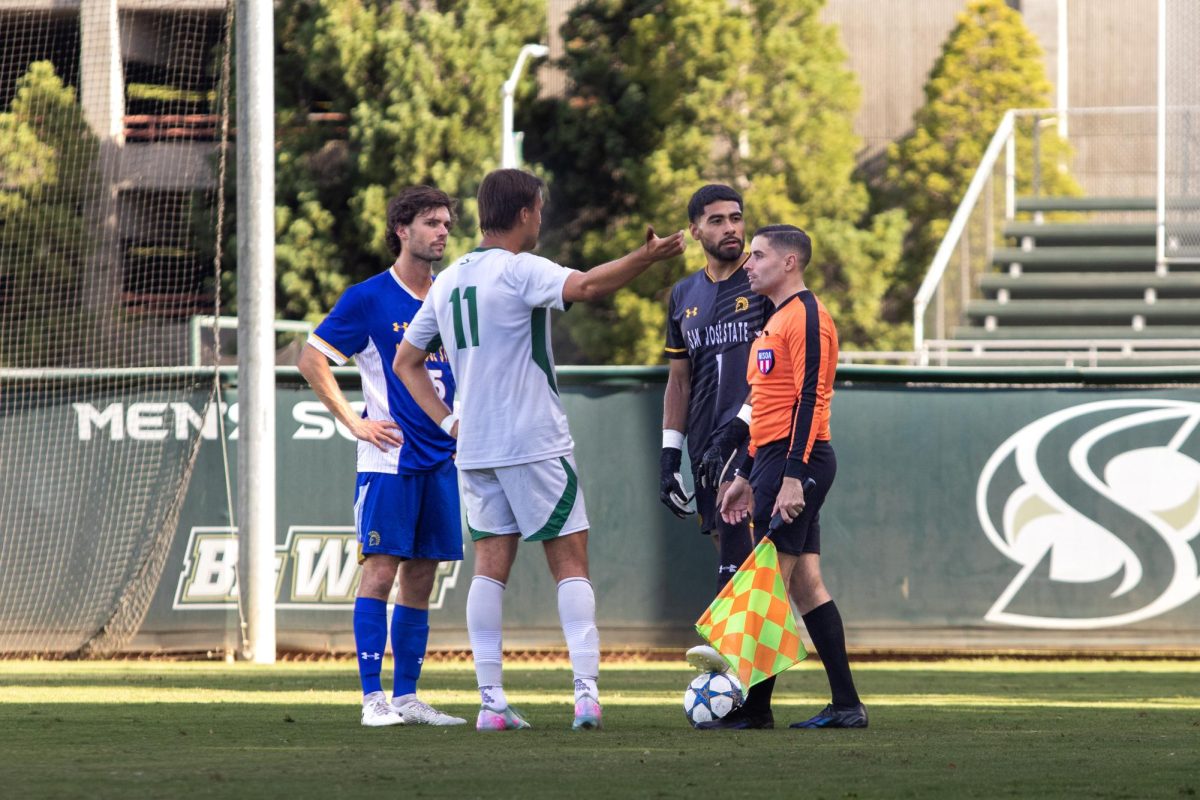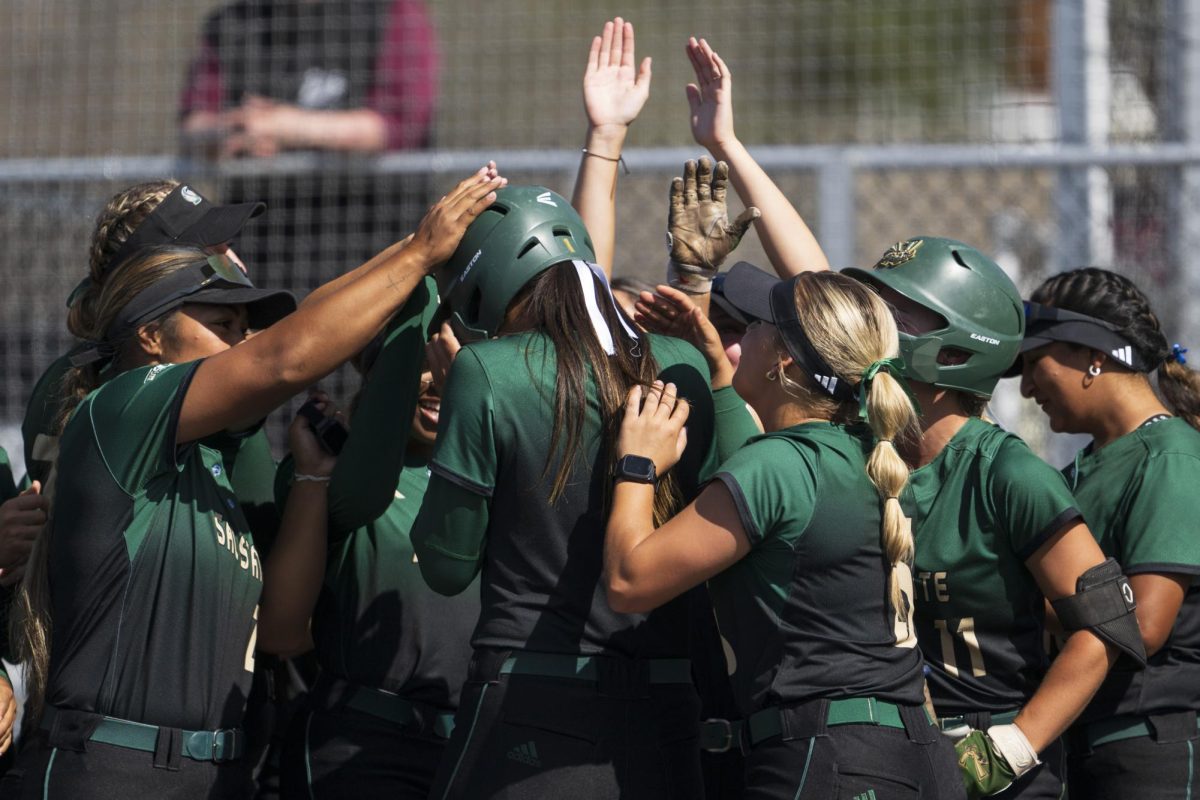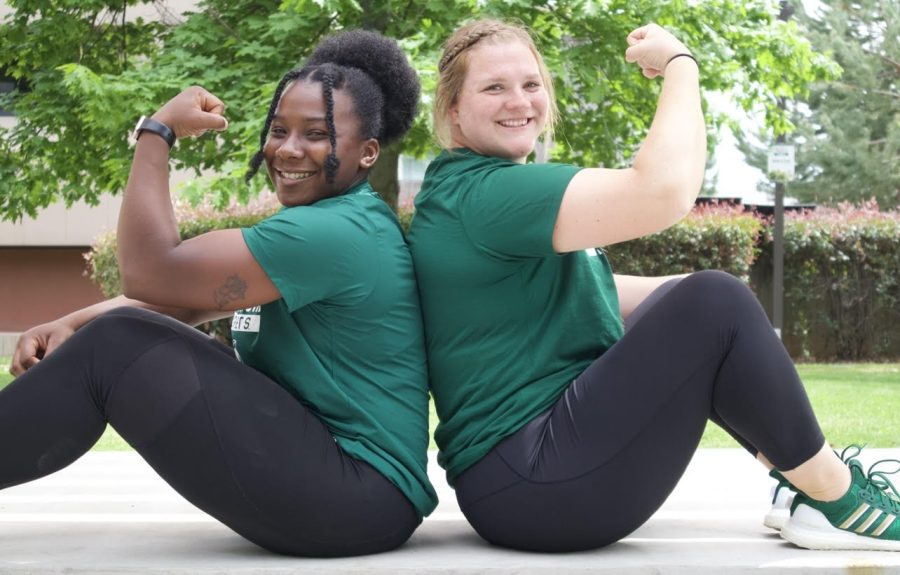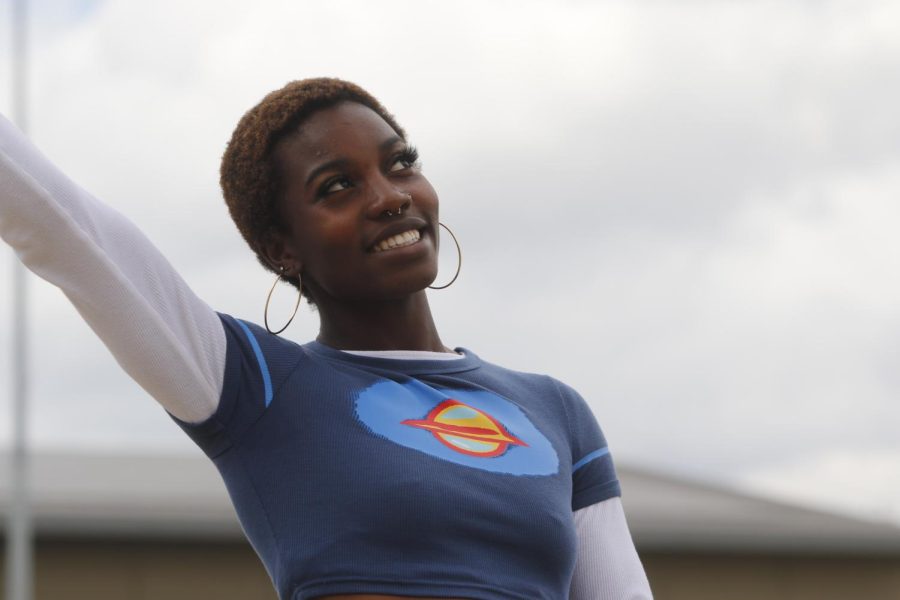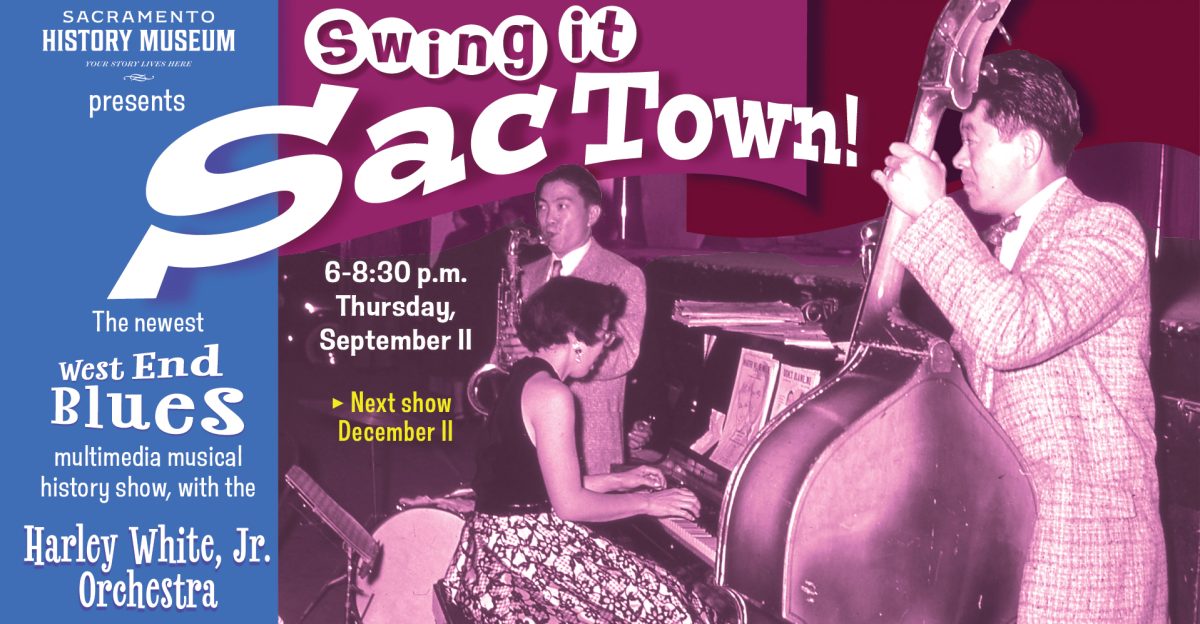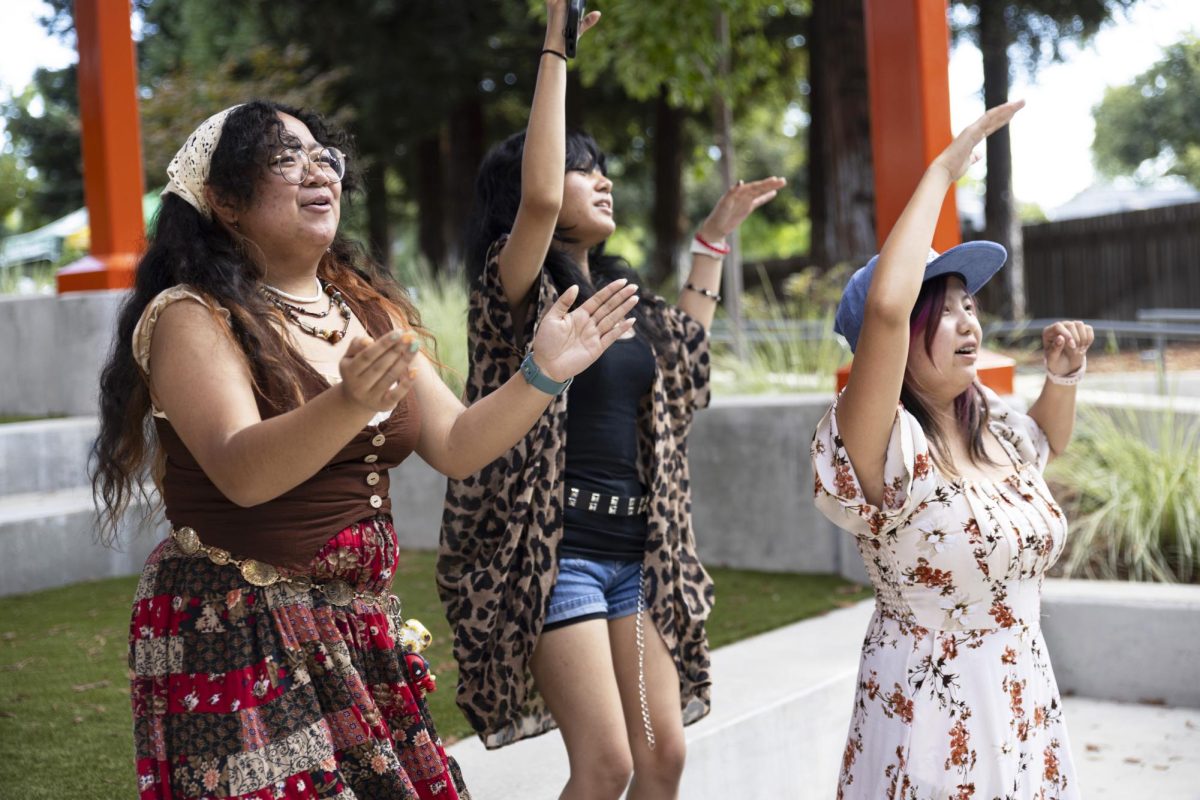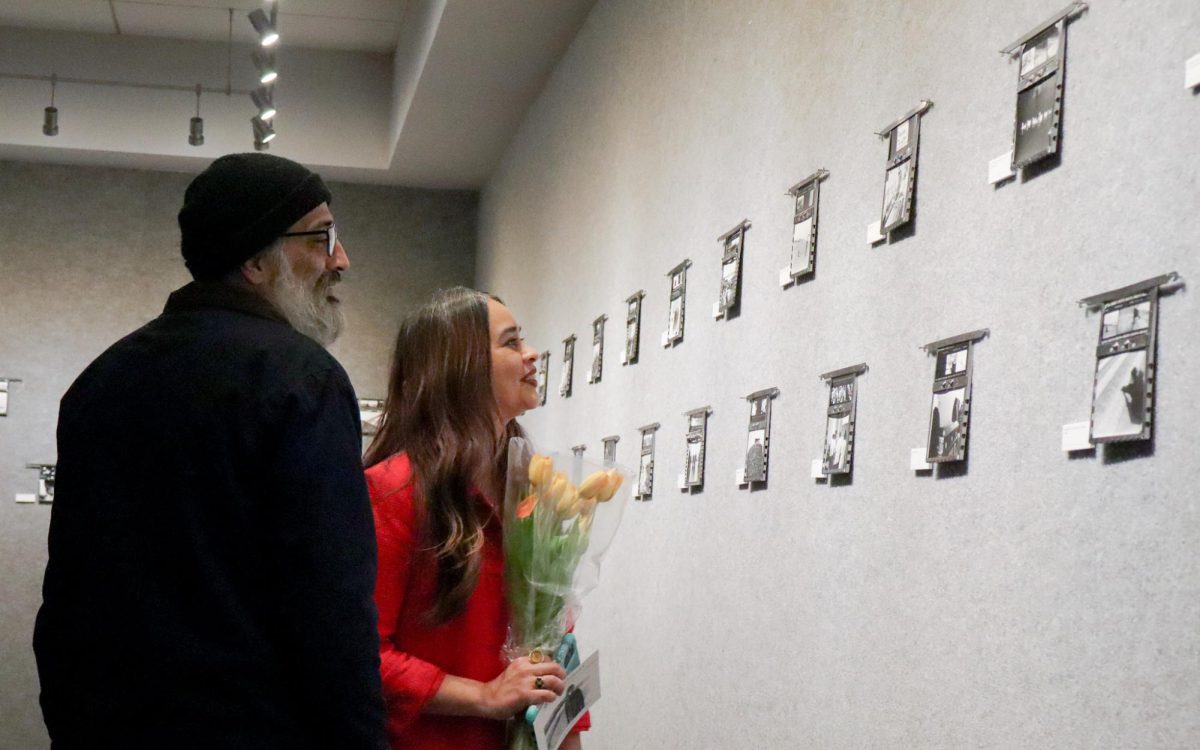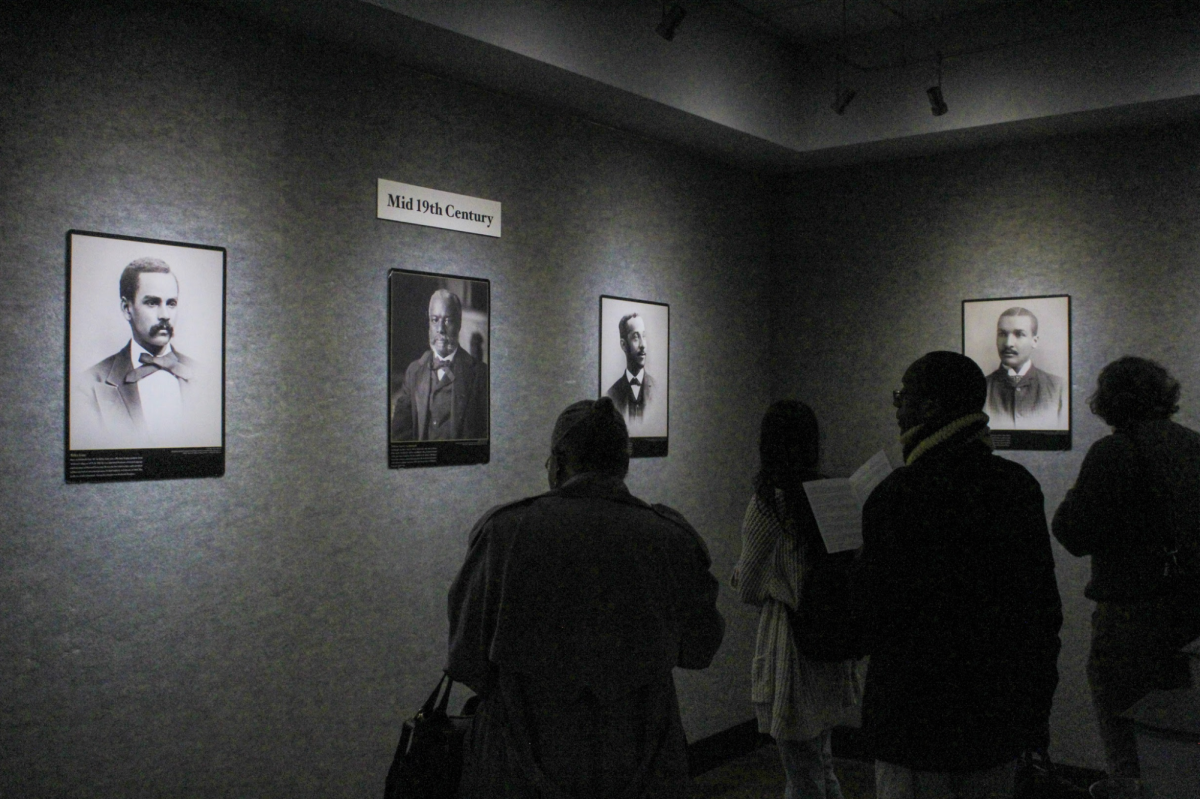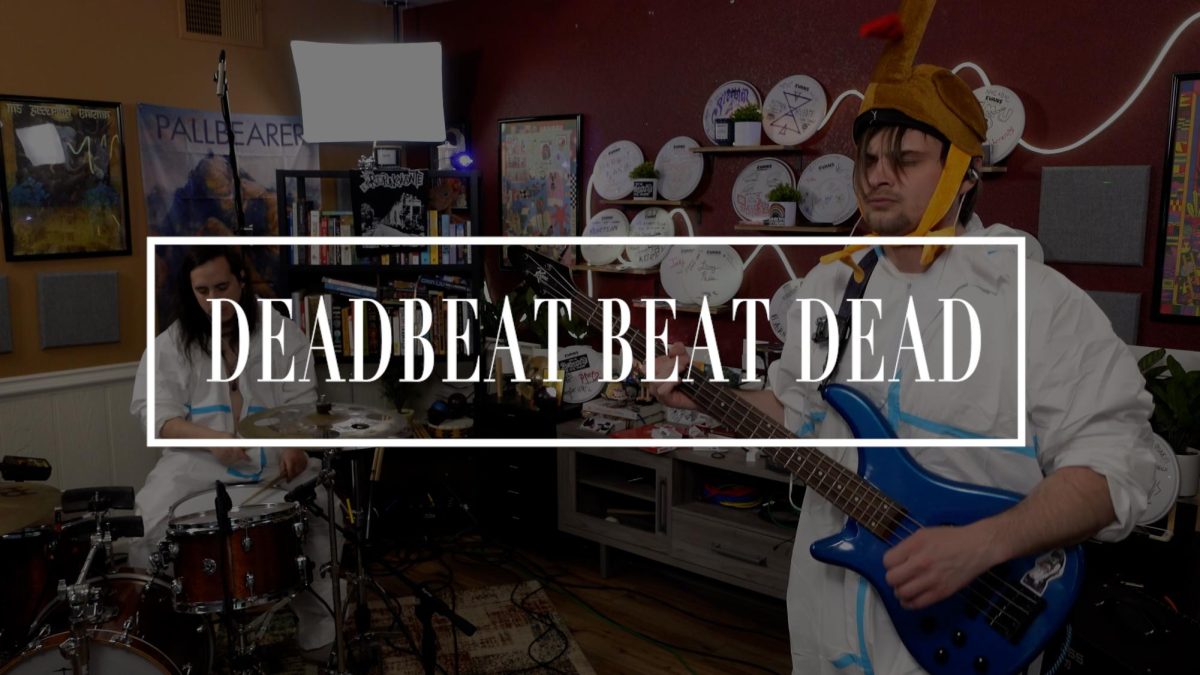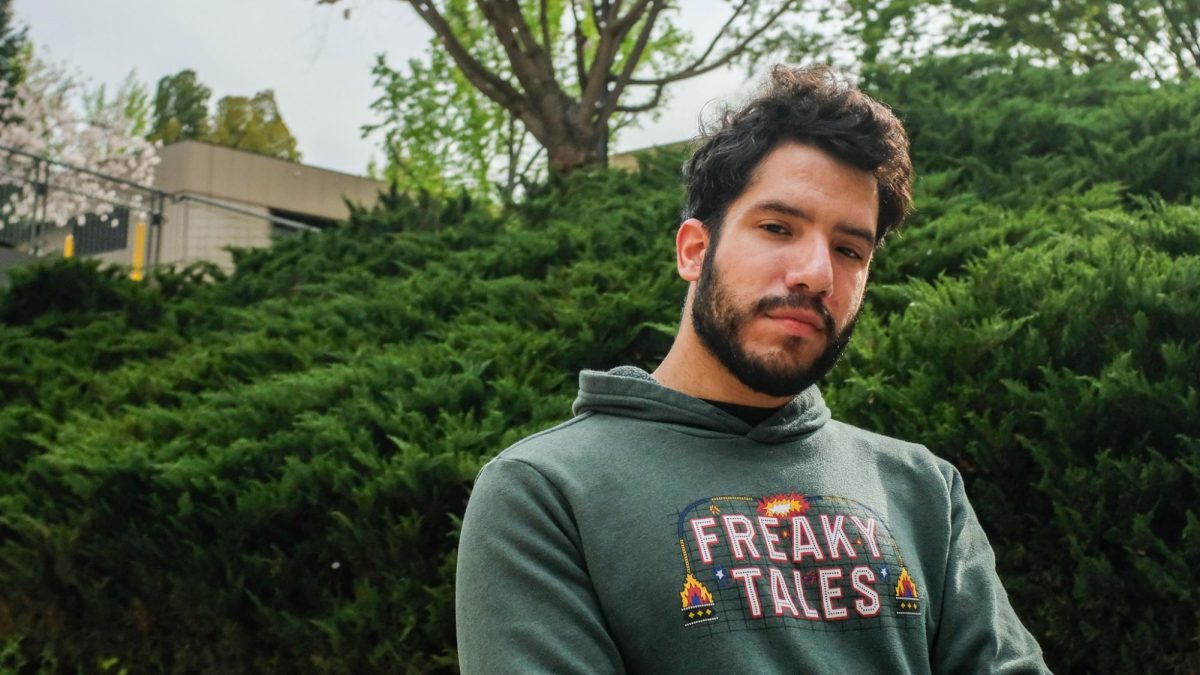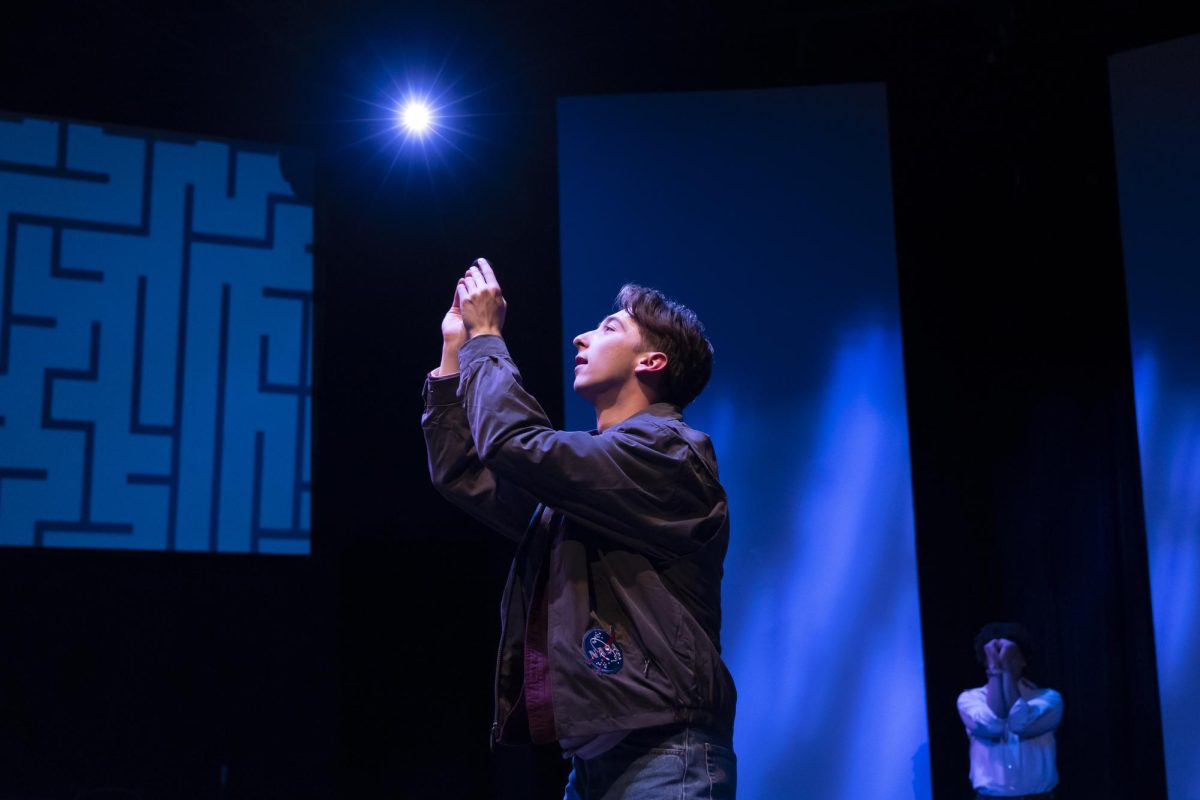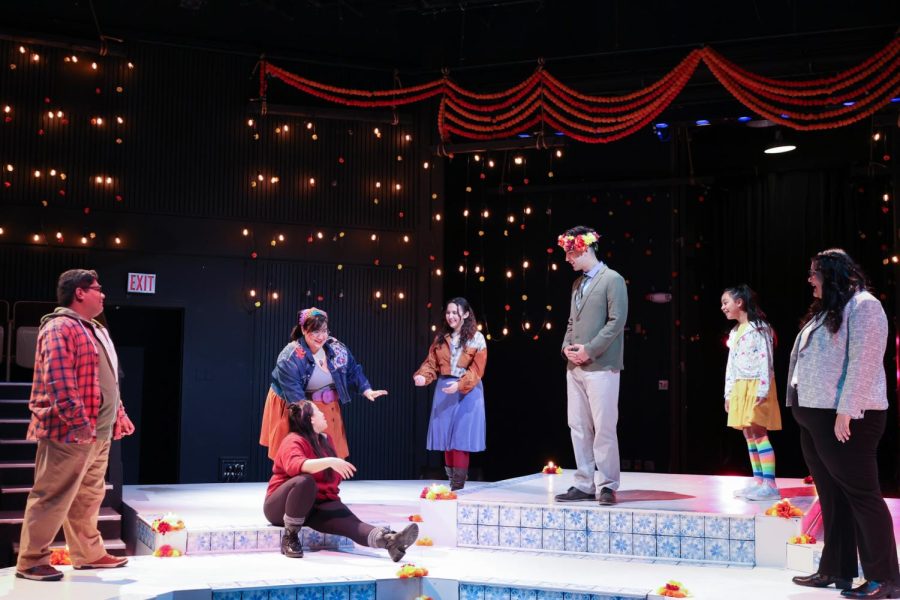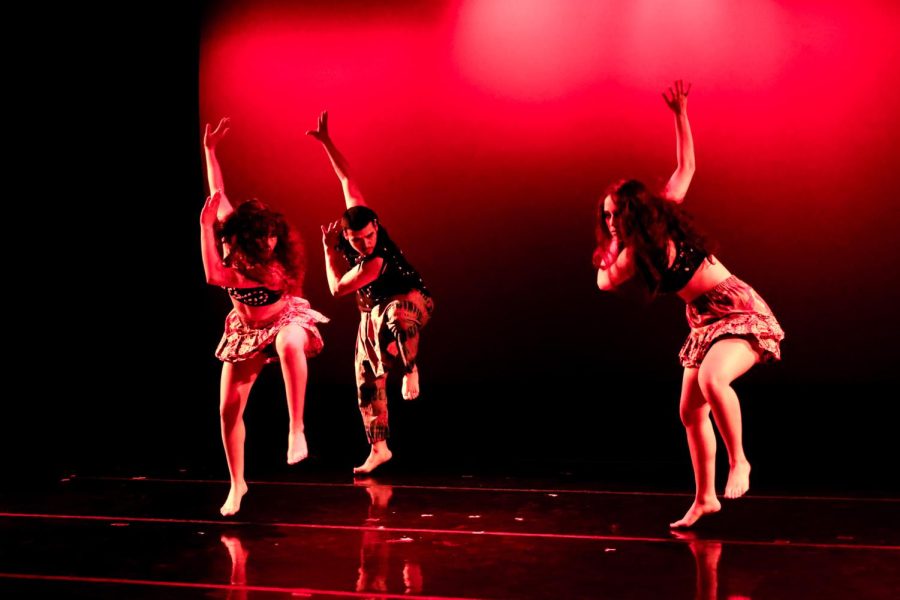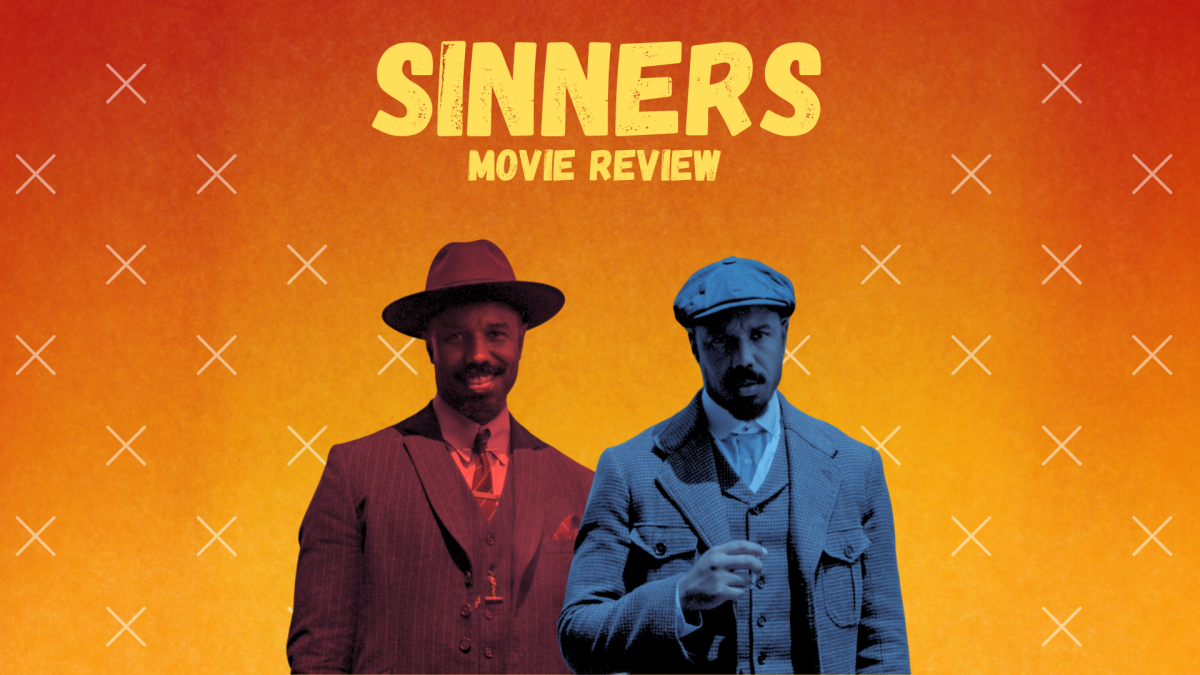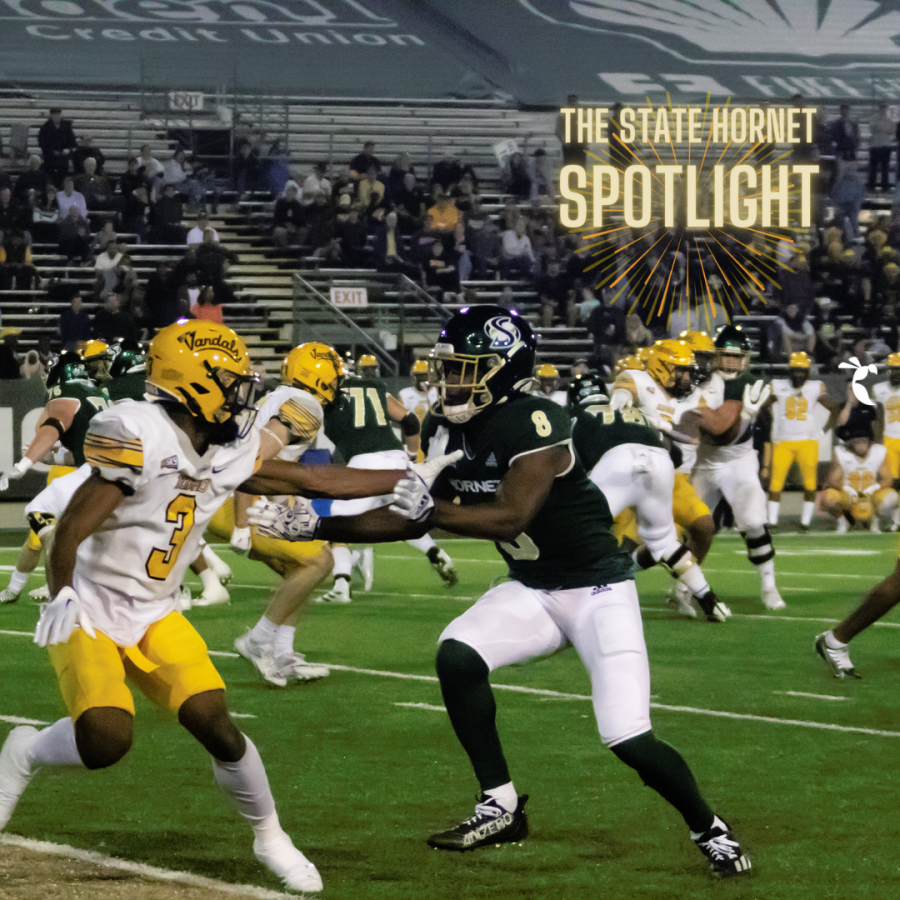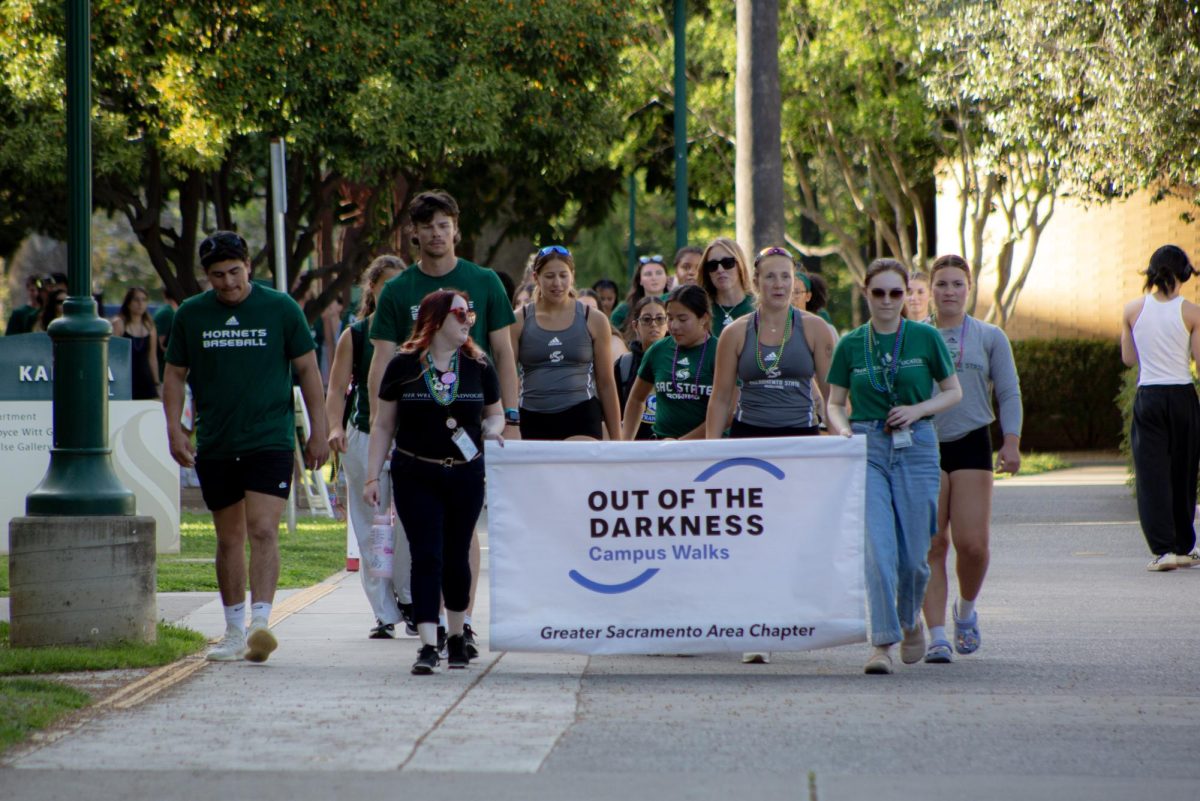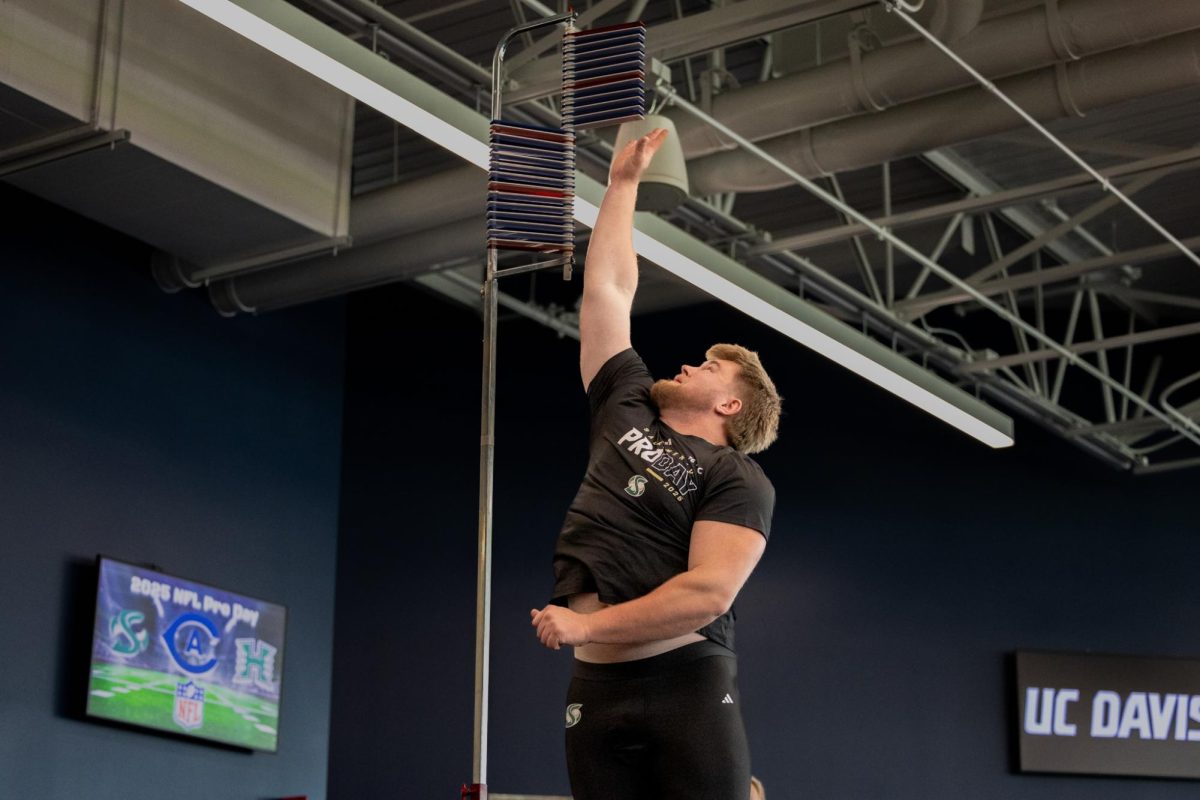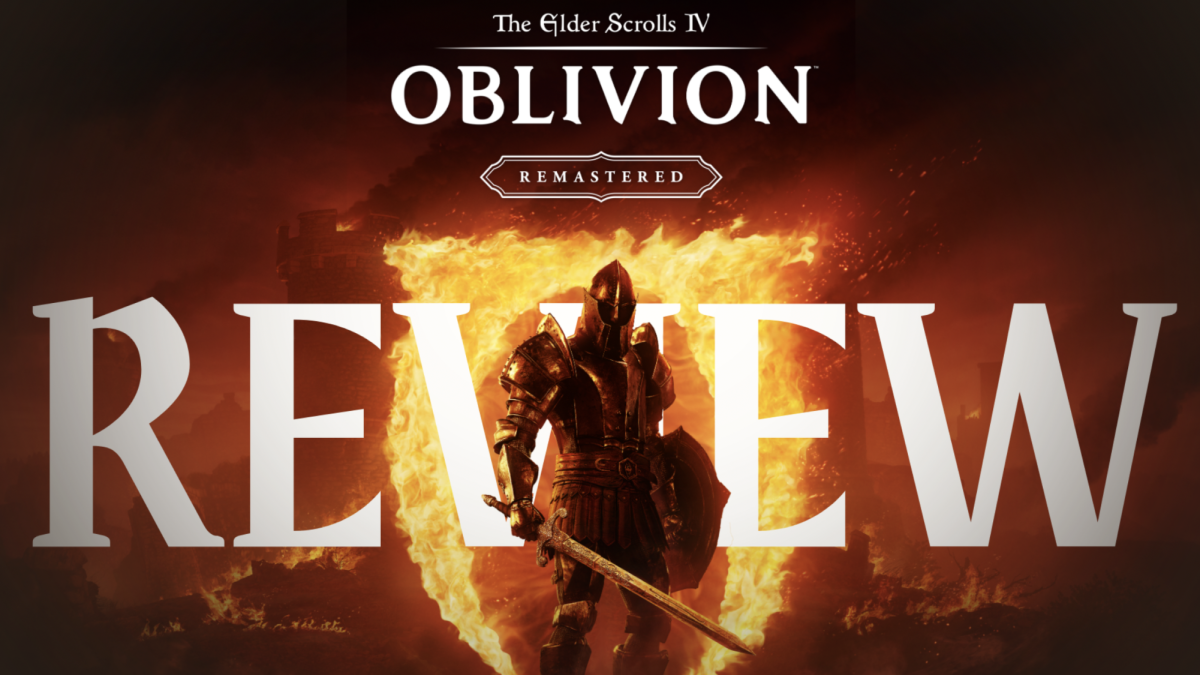Francis Lawrence’s adaptation of “The Long Walk,” released Sept. 12, perfectly captured Stephen King’s blend of grim brutality with profound beauty, aka the signature ‘King paradox’. In addition to the abundance of death and suffering featured in this instant horror-thriller classic, the characters and cinematography repeatedly remind the viewer of life’s incomprehensible elegance.
Set in a dystopian 1970s America, the story wastes little time with opening exposition and world building. Instead, it simply opens with the text of a letter addressed to the protagonist, Raymond Garraty (Cooper Hoffman). The letter congratulates him, revealing that his voluntary submission to enter an annual event known as “The Long Walk” has been accepted via lottery. By participating, he will have the chance to win a massive cash prize.
The film then cuts to Garraty, a young man who is being dropped off at the walk’s starting line by his distressed mother. She begs him to back out, but he is adamant and promises he will see her again.
Garraty checks himself in with uniformed soldiers before joining a group of 49 other young men sitting in the middle of the road, surrounded by military halftracks. It is clear from the start that this event is being hosted by the U.S. military.
This is where viewers are introduced to many of the story’s powerfully written characters. Peter McVries (David Jonsson), Arthur Baker (Tut Nyuot) and Hank Olson (Ben Wang) are all participating for the same reason: They need the money.
Garraty and McVries hit it off immediately after a tension-cutting joke. McVries, who only weighs a few pounds less than Garraty, jokes about the heavier people going out first.
All of the actors’ performances are admirable throughout the film, but none stand out quite like Jonsson’s. His character becomes the film’s moral compass, often emotionally uplifting the others. His delivery always feels genuine and heartfelt, giving viewers a sense of solace amidst an otherwise disturbing scenario.
The rules of “The Long Walk” are explained to the men by an authoritarian figure dubbed ‘The Major’ (Mark Hamill). The walkers must walk at a pace of three miles per hour. If they fall below this speed, they get a warning.
Each walker gets three warnings. There is no finish line, there is no stopping and the last one walking wins. They walk or they die.
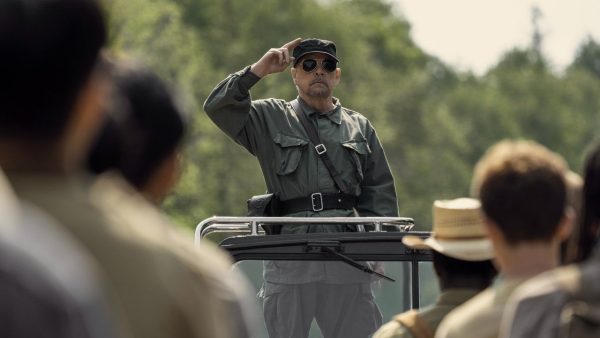
At first glance, a story centered around walking might come off as boring or even a little goofy. However, as the walk begins, the movie reveals that its true focus is on the characters’ psychological turmoil as the friends they’ve made are killed off one by one.
RELATED: Ethan Coen’s sunbaked neo-noir ‘Honey Don’t!’ is a messy mystery
Armed military halftracks crawl alongside the walkers as the soldiers watch, waiting to refill canteens, hand out food rations or pull their triggers.
Hoffman gave an astounding lead performance that showcases his well-earned talent.
After the first death of the walk, Hoffman turns toward the camera. His eyes get wide and dazed, his jaw hangs open and his palms shakily grasp his head. He masterfully conveys what his character is feeling: immense terror at the sudden realization that this entire thing is real.
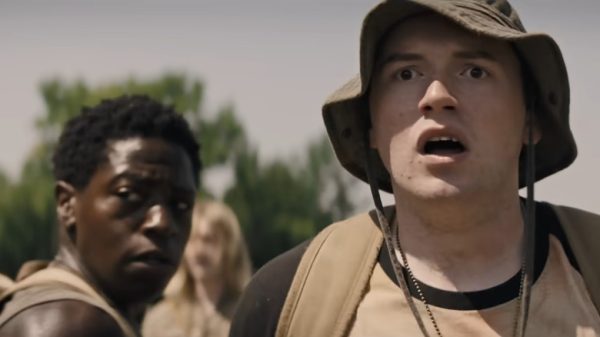
The adaptation stayed relatively true to the novel, often taking lines of dialogue straight from the original text. Like most adaptations, changes were made for the sake of convenience and story pacing. The 100 walkers from the novel were reduced to 50 and several characters’ storylines were merged to form new, independent characters.
Lawrence made the most of the 1 hour 48 minute run time and, yet again, he is a reliable powerhouse for adaptations.
Fans of “The Hunger Games” movie series may recognize Lawrence’s directing style. The cinematography balances beauty and pain, offering wide shots of the scenic northeastern landscapes they navigate and contrasting with close-ups of the exhausted, traumatized walkers. Moments of joy and hope are often cut short by the sad reality that they now live in.
A standout similarity between the two films is difficult to miss. In “The Hunger Games,” a cannon blast was heard when a tribute died. In “The Long Walk,” it’s replaced with the loud pop of a rifle.

A mile counter appears at the bottom left corner of the screen periodically, showing the viewer how far the characters have travelled. The higher the number, the more exhausted the remaining walkers appear. By mile 200, the characters who the audience have come to know and love start to fall apart.
Here, it starts to become difficult to understand some of the characters’ dialogues. The walkers are all exhausted, so their words have become mumbled and weak. While a given considering the circumstances, the poor audio makes some scenes inaudible and less impactful.
The main characters Garraty and McVries demonstrate the value of camaraderie when facing trauma. While other walkers begin to lose hope, these two keep each other in check. McVries instigates several deep talks with Garraty about purpose, appreciation and life.
McVries’ message is simple but profound: Every moment matters. Even in moments as bleak as “The Long Walk,” there is always something to appreciate. Being in nature is beautiful, friendships are meaningful and being alive is a blessing.
The thought of being able to choose how to spend their last moments and who to spend them with both calms and empowers these characters in a situation that otherwise gives them no control.
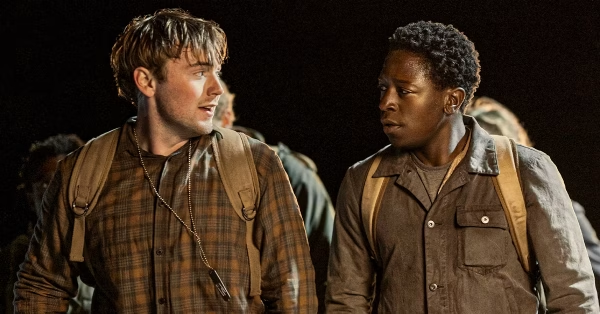
All of the walkers recognize the harsh reality that only one of them can survive, but they also know they can’t go through this alone.
“The Long Walk” is more than just another dystopian horror. It’s an excellent take on mortality and the significance of emotional bonds.
The adaptation remains mostly loyal to Stephen King’s original story and preserves his usual writing voice through stellar performances, striking visuals and poetic writing.



